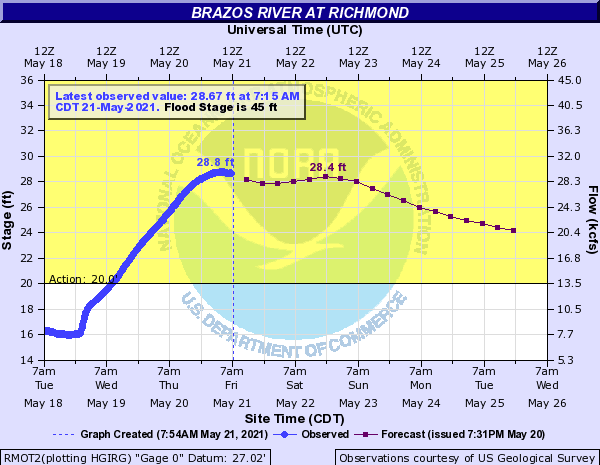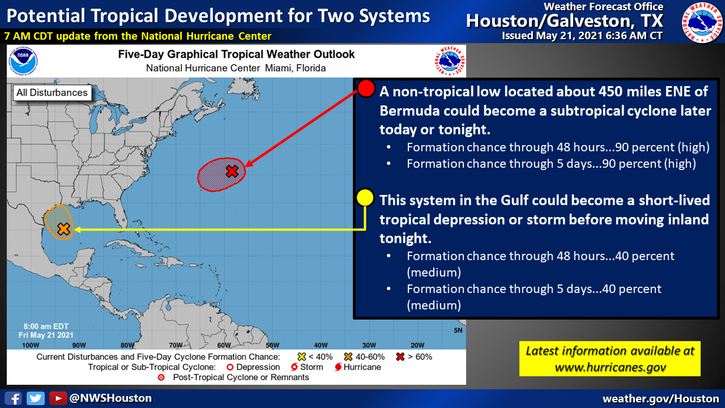Flood Insurance Rates Changes – NFIP Risk Rating 2.0
The Federal Emergency Management Agency (FEMA) may soon change how flood insurance rates are calculated for your home and property. The National Flood Insurance Program (NFIP) is attempting to make flood insurance rates more equitable through an initiative called Risk Rating 2.0. While LID 15 has no control over FEMA and the NFIP, LID 15 is a FEMA-accredited levee system. So, residents currently receive a “Preferred Rate” for flood insurance which typically costs less than $600 per year. If Risk Rating 2.0 becomes effective and is implemented by FEMA, the existing “Preferred Rate” will remain available through September, but on October 1, 2021, all new NFIP flood policies will be issued under the new pricing structure. Information provided by FEMA states that 23% of all policies will see an immediate decrease and 66% of policies will see a cost increase of less than $120 per year. As existing “Preferred Rate” policies expire, the cost will escalate up to 18% each year until the premium reaches the new Risk Rating 2.0 rate.
FEMA has not finalized how Risk Rating 2.0 will calculate new flood insurance rates for homes inside a levee like LID 15. It is possible that Risk Rating 2.0 may be delayed. Please know that LID 15 is monitoring information released by FEMA and will provide updates to residents. LID 15 is also working with Fort Bend County and the City of Sugar Land to monitor these upcoming flood insurance changes and how they may impact the community. LID 15 encourages all residents to consult their insurance agent regarding flood insurance options; there is typically a 30-day wait period for flood insurance to become effective after purchase. For additional information check out www.FloodSmart.gov, the official website of the NFIP.
I live inside the FBCLID 15 levee. Should I consider buying flood insurance?
Yes! Many property owners may be unaware that standard private home insurance policies do not cover losses caused by rising flood waters. The common example of rising flood waters in Fort Bend County is created by the Brazos River and LID 15 was created to reduce that threat. However, very strong, localized rainfall can cause street ponding and reach into homes regardless of the Brazos River. While not a common occurrence, localized rainfall of 12+ inches in a day has occurred. Hurricane Harvey produced more than 30 inches of rain in Sugar Land and more than 50 inches in parts of Harris County. The 2016 Tax Day storm produced more than a foot of rainfall in portions of Harris County, and in 2001 Tropical Storm Allison produced 40 inches of precipitation in parts of Southeast Texas. Damage caused to your home by such an event is not included in a standard home insurance policy; however, such damage is covered by standard flood insurance policies.





